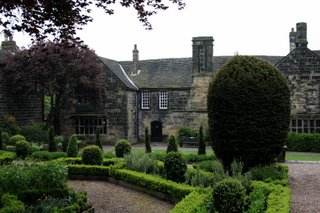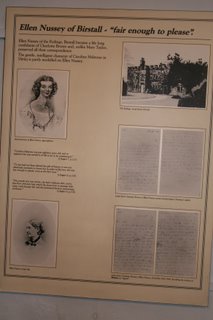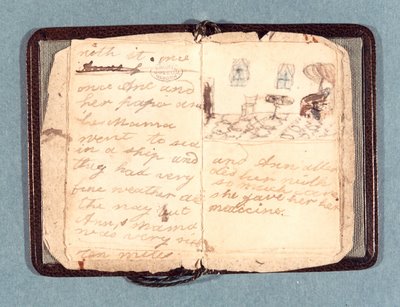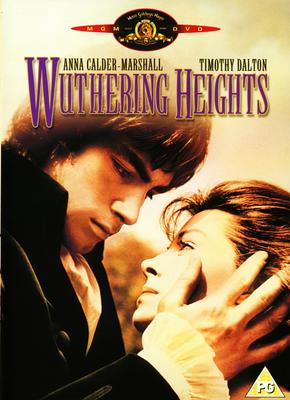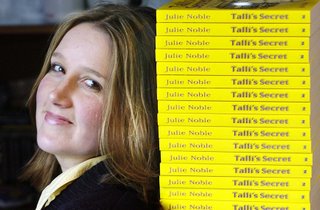
It’s Mozart’s 250th of course, and there’s plenty on him in the media. I was reading about the strong Masonic influences on his music recently.
For example, Wilfred Mellors (distinguished musicologist and composer) wrote:
The final trilogy of symphonies is the grandest possible Masonic credo: no 39, in the Masonic ritual key of E flat major, almost always associated with healing grace, and sometimes majesty; no 40 in tragically purgatorial G minor; and no 41 in ‘white’ C major, representing the triumph of light, and in the process embracing a synthesis of homophonic and polyphonic principles (sonata and fugue).
Now I am one of many who has tried to delve into the background to The Magic Flute, with limited success. I can see that Pamina is the object of conflict between the forces of light and darkness and light and so on, but not an enormous amount beyond that. Perhaps my disadvantage is that I am not one of the brethren.
So what were the Masonic influences on Branwell? What did he get up to at the Lodge of the Three Graces (currently number 408) in Haworth, which is still operating and which can date itself back to 1792? This apparently had plenty of ups and downs one and a half centuries ago (the members met irregularly and there were often financial problems) but there were connections with the Brontës in the 1830s
The official history of the lodge records:
Between 1825 and 1831 Meetings are recorded and purport to be regular and were
always closed in perfect harmony. Candidates were initiated, but obviously the
irregularity of the meetings indicate that all was not well. In 1825, three meetings were recorded, 1826 (1), 1827 (2), 1828 (2), 1829 (1), 1830 (7) and 1831 (12). In June 1831 it was proposed at a Lodge of Emergency, that a new warrant be applied for
immediately, and that five guineas for the warrant, and all incidental expenses, be paid out of the surplus of the Lodge, and that every member pays for his register fee, and Grand Lodge certificate, at his own expense.
No further mention is made of the new warrant or of the reinitiation of members.
The new warrant was granted on the 24th August, 1831, the Lodge No. being 862. A
regular meeting 19th September, 1831 is recorded and also in October as if nothing of
any moment had occurred. Here the Minutes end. But there is recorded in the back
pages of the first minute book reference to a Meeting of Emergency when it was
resolved to have a public procession on the 2nd September,1833, and that John Brown
and Joseph Redman (whose Grand Lodge Certificates are now displayed in the
Lodge) should attend Mr. Bronte who would preach a sermon in the Church to the
Brethren at 12 o'clock. The concluding resolution is that the Committee should meet
at the Black Bull, Haworth, on Monday, 2nd September, 1833, at eight o'clock in the
morning. The total cost incurred was:
Rev P Bronte preaching - ten shillings
Band wages - One pound and ten shillings
Ringers and singers - four shillings
Eating and drinking and band - one pound and ten shillings
Beer etc Band - one pound and fourteen shillings
Cheese and bread visitors - two shillings and eight pence
Beer at dinner - thirteen shillings and four pence
Writing letters - three shillings and sixpence
So, I can well imagine Branwell listening to a sermon, enjoying the band and supping ale in the Black bull….but what else was there?
I would be grateful if someone out there is more clued in than me and can supply specific details.
Richard Wilcocks



